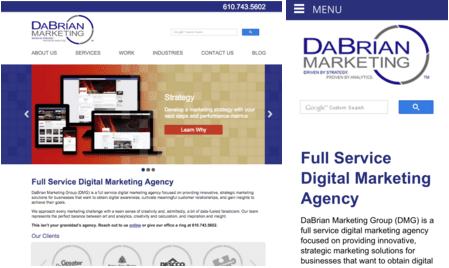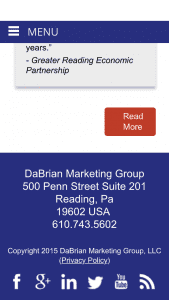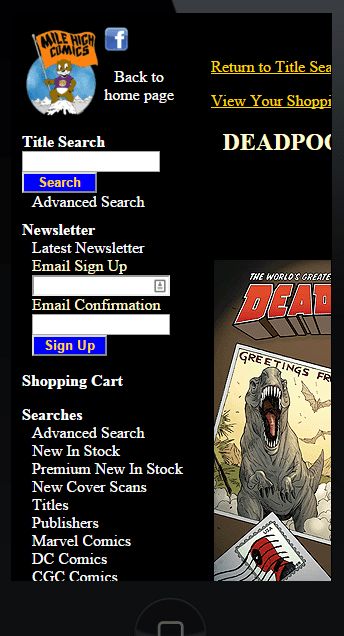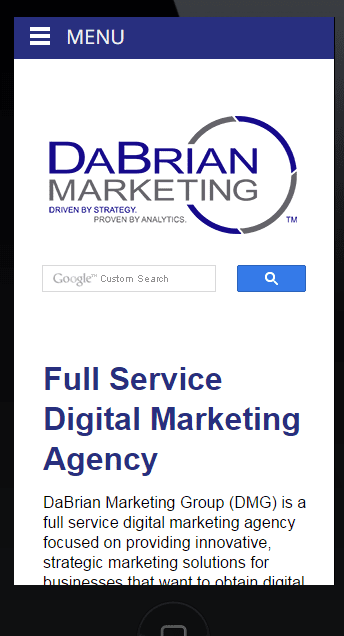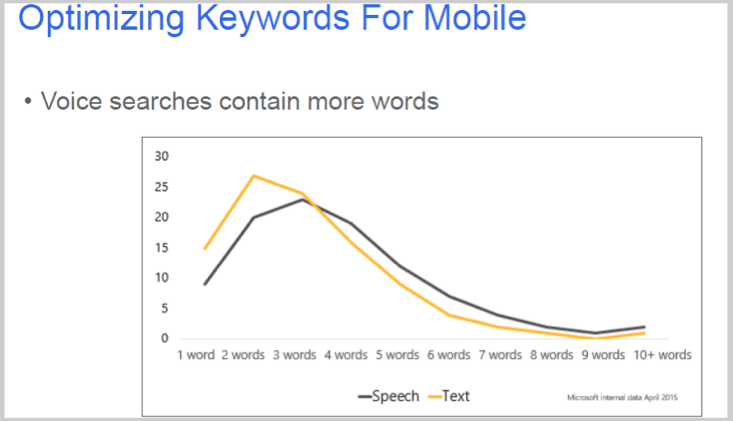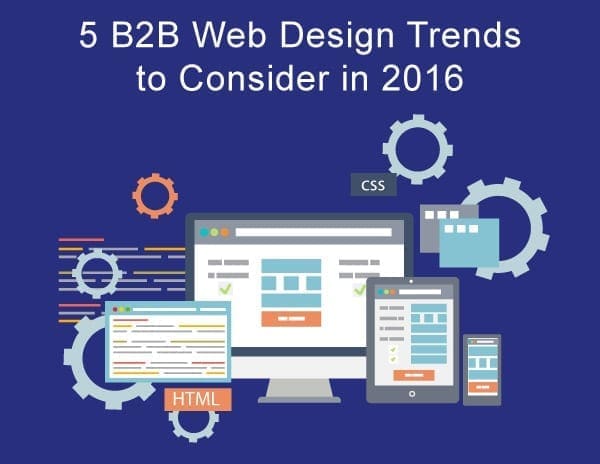
Introduction:
Back in March 2015 I wrote a blog which covered “Five New Web Design Trends for 2015”. Although several of these trends have managed to survive 2015, there are some additional trends that could affect the usability of your B2B website. In this blog, I will go over five (5) additional trends that can help improve usability, increase website traffic, and help drive conversions.
1. More Unique & Creative Typography
With the emergence of affordable or free web-safe fonts options like Google Fonts and Adobe Typekit, typography is becoming much more unique, and creative. On many B2B websites, headers are becoming much bolder and body text is appearing much larger in size. In addition to latest evolution of the Cascading Style Sheets language, CSS3, styling typography will offer unlimited options on how it’s presented on the web going forward. Sites like StephenCraver utilizes great use of typography to carry the layout of the site.
According to HTTP Archive, the use of custom fonts has increased over the past year. Bolder, more unique typefaces will continue to be used in B2B web design going forward. While designers may still play it safe when it comes to choosing fonts for readable type and body copy, expect to see more unique and experimental font being used for website headers and supporting text.
2. Cards, Cards, and Even More Cards
As you browse the web, you may notice that many B2B companies are leaning more towards a card design look. This web design trend is most common on social media platforms, and most commonly associated with Pinterest, however many companies have adapted this trend and you should see more of it in 2016. Several other notable sites utilizing this trend are ESPN, Dribble, The Guardian, and Amazon.
3. Less Photography, More Illustrations
Before 2016, they were plenty of B2B websites that were overloaded with stock images as means of telling their brand story. If the appropriate images aren’t chosen, this direction could cause a big disconnect between your business and potential clients. In 2016, you will notice that many businesses will move away from stock photography (especially if they are not personable) and rely more on illustration graphics to tell their story.
You will find illustration being implemented in a variety of ways such as, large-scale, hero images and backgrounds, or on much smaller scales such as icons and user interface elements. Two nice examples of websites utilizing illustrations as it’s main source of graphics are McWhopper and Ice & Sky which combine large background illustrations and animation to tell their brand story.
4. Bolder use of color
In 2015, B2B companies who implemented flat design into their website more than likely utilized a color palette which was just a flat as the design itself. With that being said, 2016 promises to be much more colorful than years past.
Color has always been one of the most single important tools for expressing a company’s brand story or message. In prior years, many B2B companies stuck to “web-safe” palettes because of the some technology limitations. If you are looking for color inspiration websites like Adobe Color CC, Paletton, Coolors can help you put together some interesting color palettes. A couple examples of good color implementation on their websites are Bose and History Of Icons.
5. Keep On Scrolling and Less Reloading
To scroll, or not to scroll. This has always been a highly debatable topic for many. It seems that more people are finding it easier to scroll down a page rather than clicking, and loading another page. This is more relevant to smartphones users browsing on slow or limited data networks. Whether on mobile or desktop, scrolling can be a very effective way of telling a company’s brand story. If your B2B website is accustom to getting a high volume of mobile traffic, scrolling would be a much better user experience than a page refresh on any device.
Websites using a Parallax scrolling effect are often implemented as a way to tell a story and make layouts more dynamically appealing. Scrolling allows the content to be incrementally readable, allowing more options and visibility to other Micro Interactions. One of my favorite scrolling or parallax designs is the Lexus website. This website implements an excellent one-page design with sections that lead to other Call To Actions (CTAs) or micro interactions.
Conclusion
While it may not be necessary to implement every new trend into your website, many of them have the potential to improve user experience. Before following new trends, it is best that you have some knowledge of what they are and how they can affect your business. Once you have a strategy in place, implementing new trends and having the ability to test them will help you streamline that process. This will help you adapt to a trend that best reflects you and your business goals.

